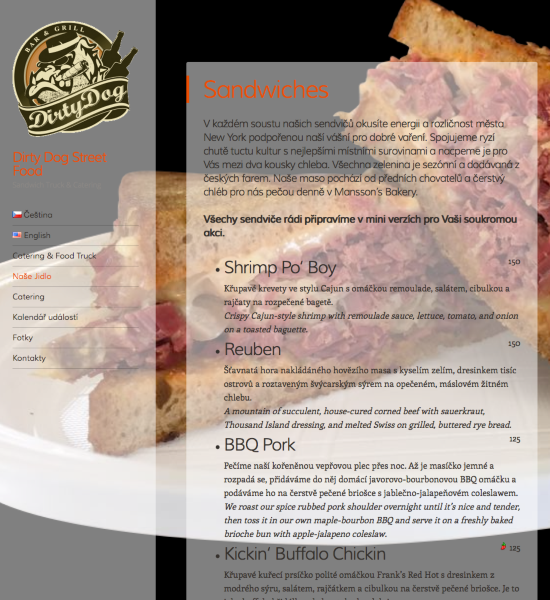Foreign characters display in bold
-
Hi,
On the Czech version of my site (www.ddstreetfood.cz), characters with accent marks above them display in bold in most browsers. I assume this is because the font inherited from the theme doesn’t support those characters.
A. Where can I find the font options for the Confit theme in the stylesheet so I can change it to a font that supports these characters?
B. Even better, can you recommend a font that would preserve the look of the theme (I really like the native font) but that supports these characters?
Thanks,
Isaac
Viewing 5 replies - 1 through 5 (of 5 total)
Viewing 5 replies - 1 through 5 (of 5 total)
- The topic ‘Foreign characters display in bold’ is closed to new replies.

